- DroidAfrica
- Huawei
- Huawei Honor 8A Pro
Huawei Honor 8A Pro
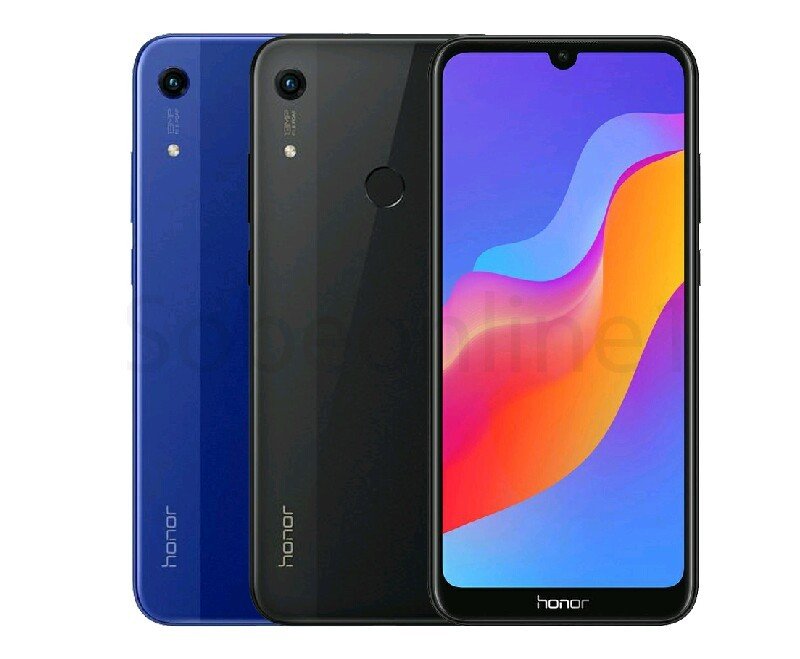
Huawei Honor 8A Pro Highlights and Overview
This is the third version of the Huawei Honor 8A series. Finally, this version introduces one of most popular smartphone features – a fingerprint scanner, which was absent in the Honor 8A and the Honor Play 8A.
Also, this version is only available with 3GB and 64GB internal storage only. The device is still running same Mediatek Helio P35 CPU and comes in a 6.09-inch HD+ screen.
The camera department is still same 13-megapixel rear sensor featuring PDAF, and a single LED flash, while a single 8 megapixel front-facing camera will handle selfie needs.
On the OS side, the device runs on the latest Android 9.0 Pie out of the box, based on Huawei EMUI v9.0. It comes with dedicated dual SIM with LTE support and dedicated microSD card as well.
As mentioned above, the Huawei Honor 8A Pro comes with a rear placed fingerprint scanner, as well as FaceID that can scan above a thousand facial point of the user. Other key specifications and silent features of the Huawei Honor 8A Pro are detailed in the specification table below.
Huawei Honor 8A Pro Full Specifications and Features
NETWORK
| Technology | GSM / HSPA / LTE |
| 2G Network Bands | GSM 850 / 900 / 1800 / 1900 - SIM 1 & SIM 2 (dual-SIM model only) |
| 3G Network Bands | HSDPA 850 / 900 / 2100 |
| 4G Network Bands | LTE band 1(2100), 3(1800), 5(850), 7(2600), 8(900), 20(800), 40(2300) |
| Speed | HSPA 42.2/5.76 Mbps, LTE-A Cat4 150/50 Mbps |
LAUNCH
| Also Known As |
- - |
BODY
| Dimensions | 156.3 x 73.5 x 8 mm (6.15 x 2.89 x 0.31 in) |
| Weight | 150 g (5.29 oz) |
| Build | Front/back glass, aluminum frame |
| SIM Type | Dual SIM (Nano-SIM, dual stand-by) |
DISPLAY
| Display Type | LCD capacitive touchscreen, 16M colors |
| Size | 6.09 inches, 91.0 cm2 (~79.2% screen-to-body ratio) |
| Resolution | 720 x 1560 pixels, 19.5:9 ratio (~282 ppi density) |
PLATFORM
| Operating System | Android 9.0 (Pie); EMUI v9 |
| Chipset | Mediatek MT6765 Helio P35 (12 nm) |
| CPU | Octa-core (4x2.3 GHz Cortex-A73 & 4x2.0 GHz Cortex-A53) |
| GPU | PowerVR GE8320 |
MEMORY
| RAM + ROM | 3 GB |
| Card Slot | Yes, up to 128 GB via microSD card (uses dedicated slot) |
MAIN CAMERA
| Camera Type | Single Lens |
| Camera Sensor(s) | 13 megapixel main camera |
| Camera Features |
Autofocus Continuous shooting Digital zoom Digital image stabilization Geotagging Panorama HDR Touch focus Face detection White balance settings ISO settings Exposure compensation Self-timer Scene mode Sensor size - 1/2.8" Pixel size - 1.12 μm Phase detection 6-element lens |
| Video Resolution | 1080p@30fps, 720p@30fps |
SELFIE CAMERA
| Camera Type | Single Lens |
| Camera Sensor(s) | 8-megapixel |
| Camera Features | HDR+, scene recognition, AI FaceID |
| Video Resolution | 720p |
SOUND
| Loudspeaker | Yes |
| Speaker Location | Chin, below display |
| Audio Jack Type | Yes, 3.5mm audio jack |
CONNECTIVITY
| Bluetooth | Bluetooth 4.2 |
| NFC | |
| GPS | Yes |
| FM Radio | No |
BATTERY
| Battery Capacity | Non-removable Li-Ion 3020 mAh battery |
| Wireless Charging | No |
| Talk Time Talk Time is the longest time that a single battery charge will last when you are constantly talking on the phone under perfect conditions, Ambient temperature and highly dependent on the cellular network environment such as the distance to the closest cell network tower. | Up to 19 hours |
| Stand-by | Up to 400 hours |
OTHER FEATURES
| Sensors | Fingerprint (side-mounted), accelerometer, proximity, compass |
| Box Contents | Charging Brick / USB cable |
Huawei Honor 8A Pro User Reviews and Opinions
Disclaimer Note
This specification was entered manually, hence we CANNOT guarantee 100% accuracy. Any error? Let us know in the comment section.







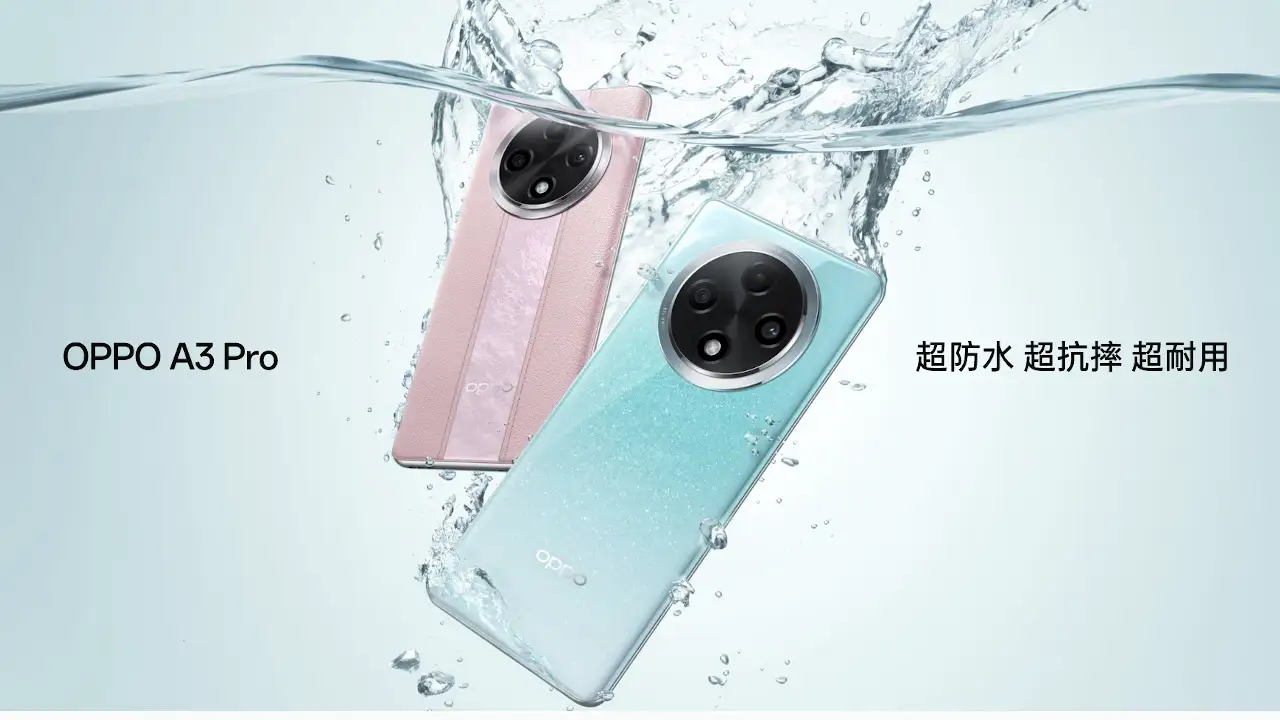

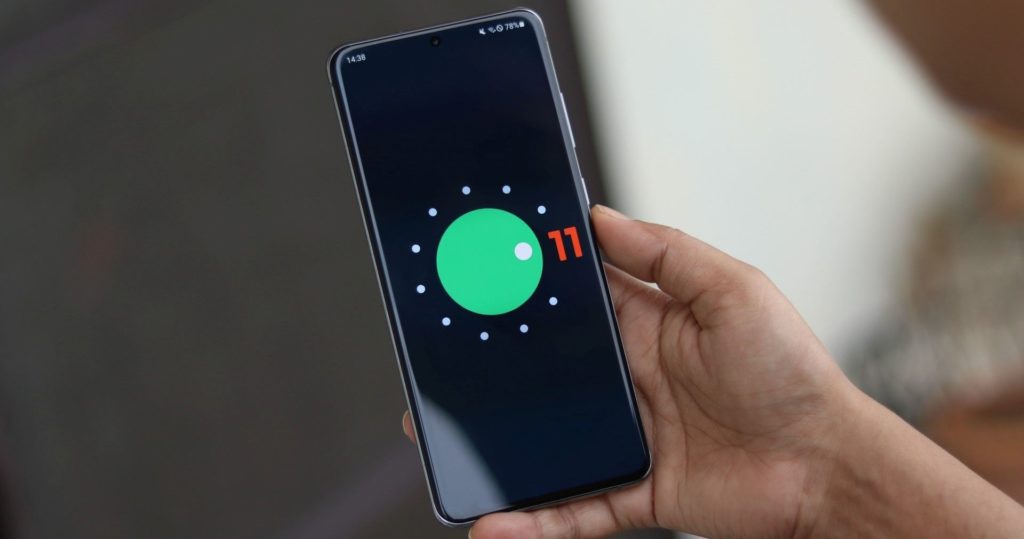
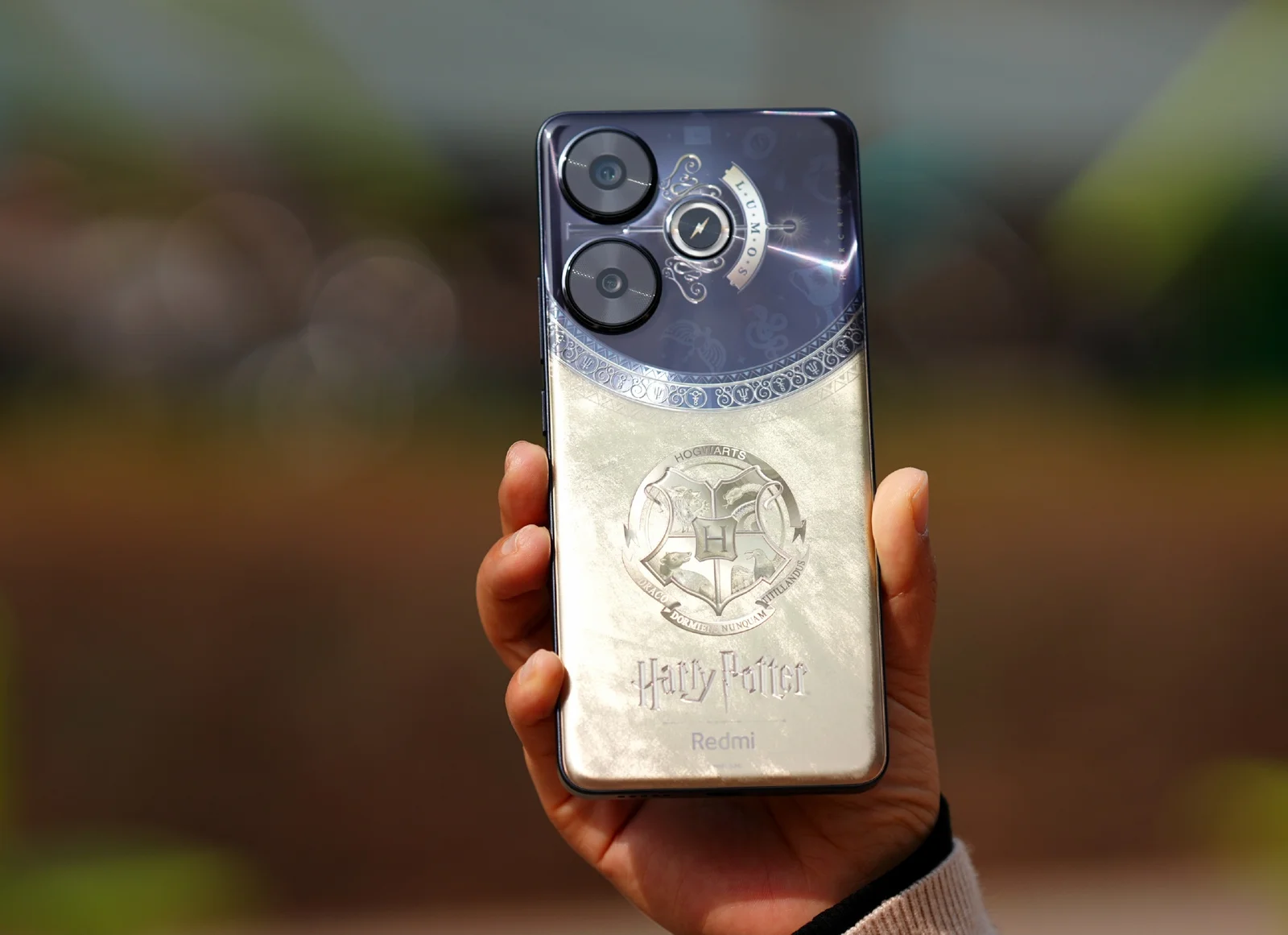
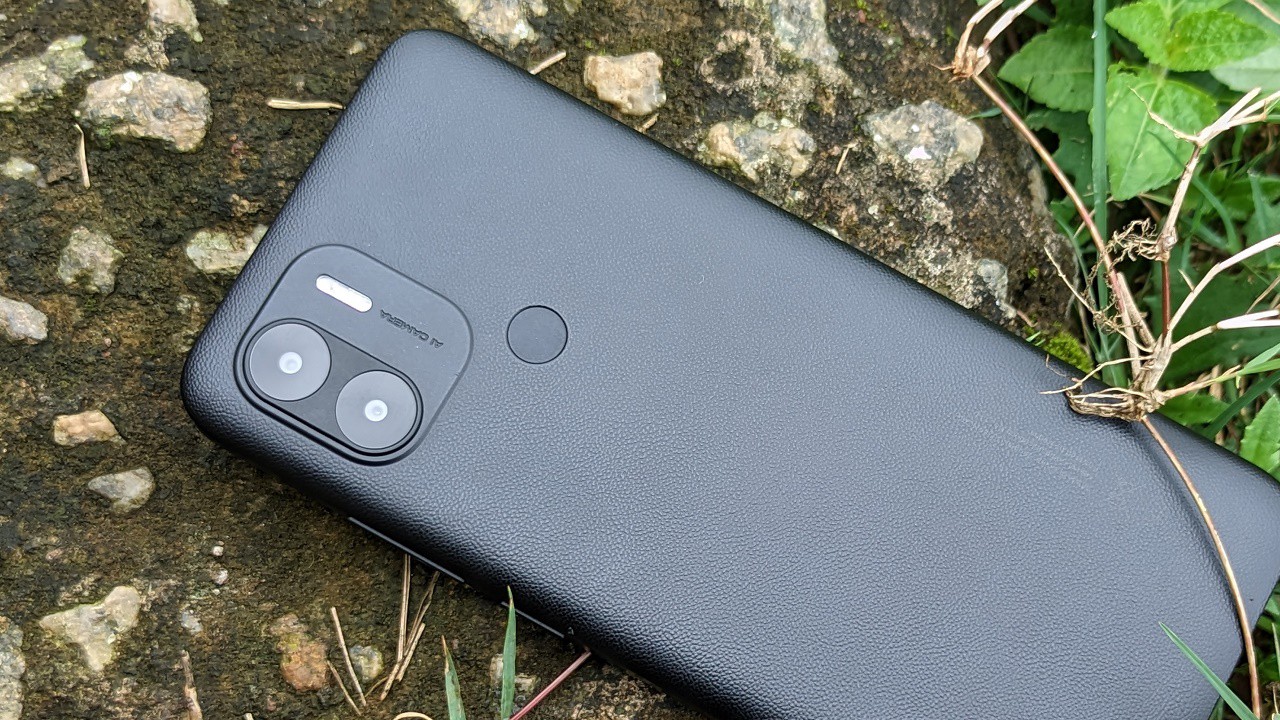
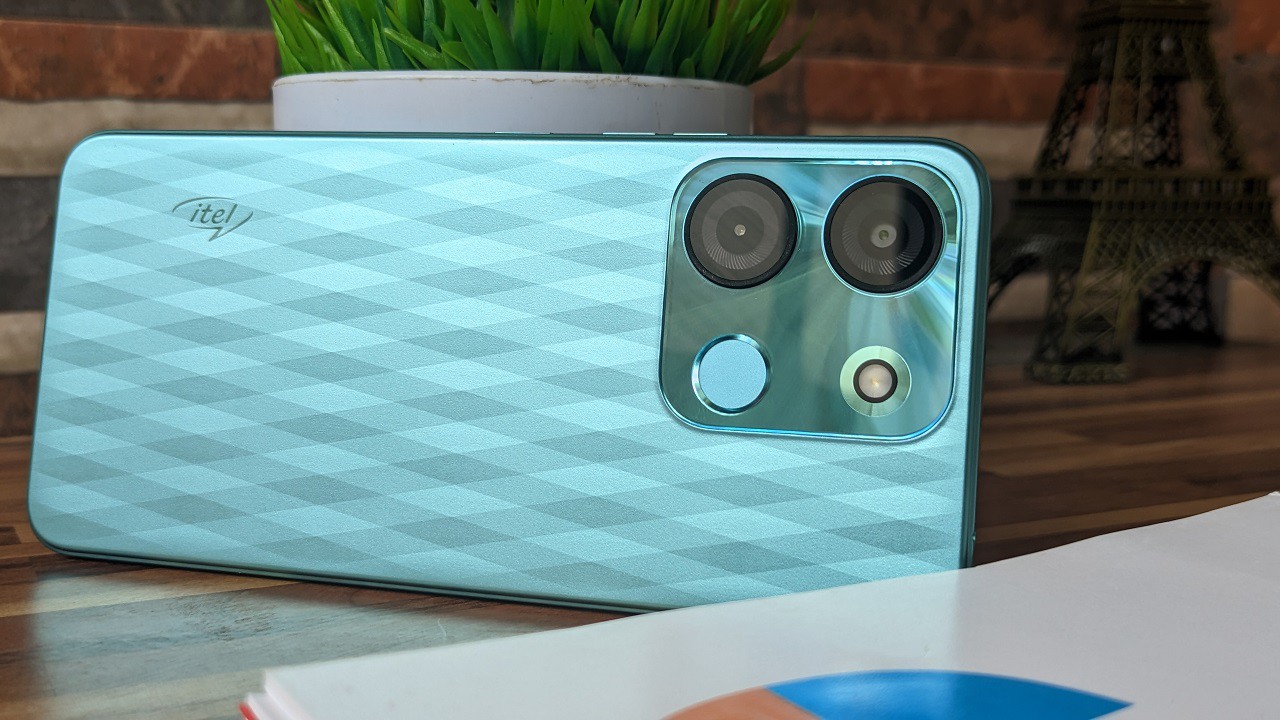
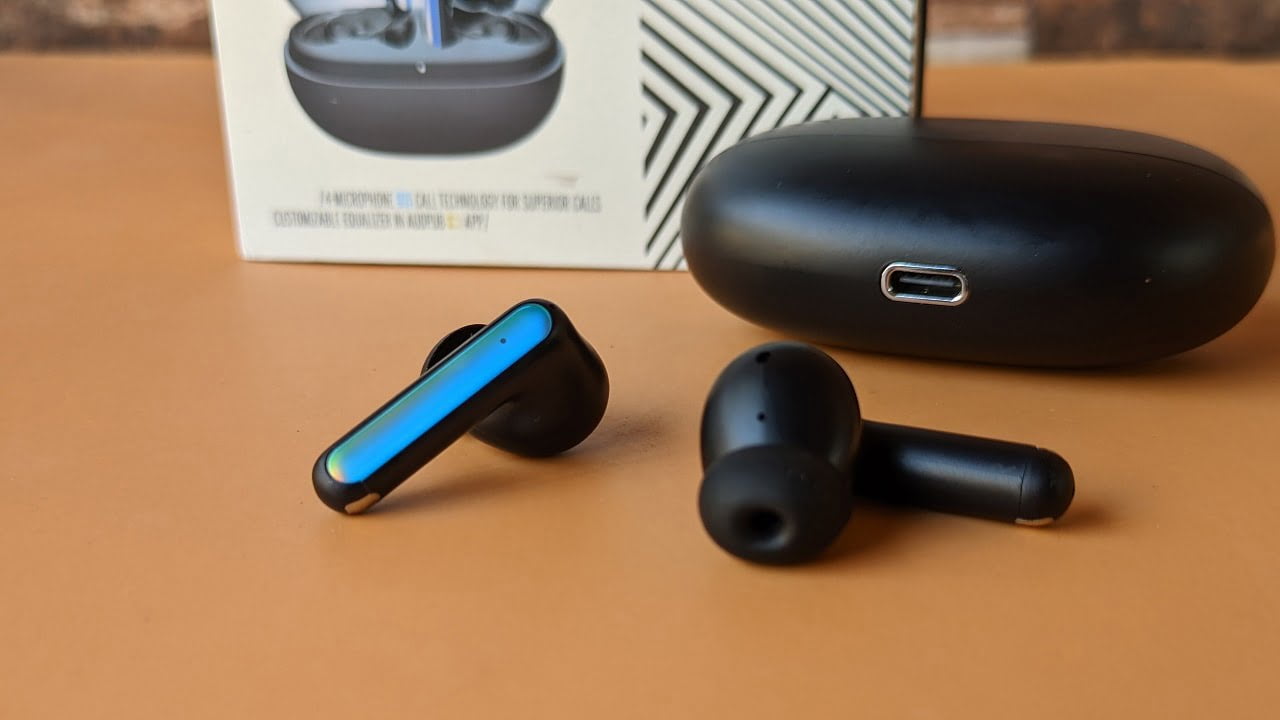
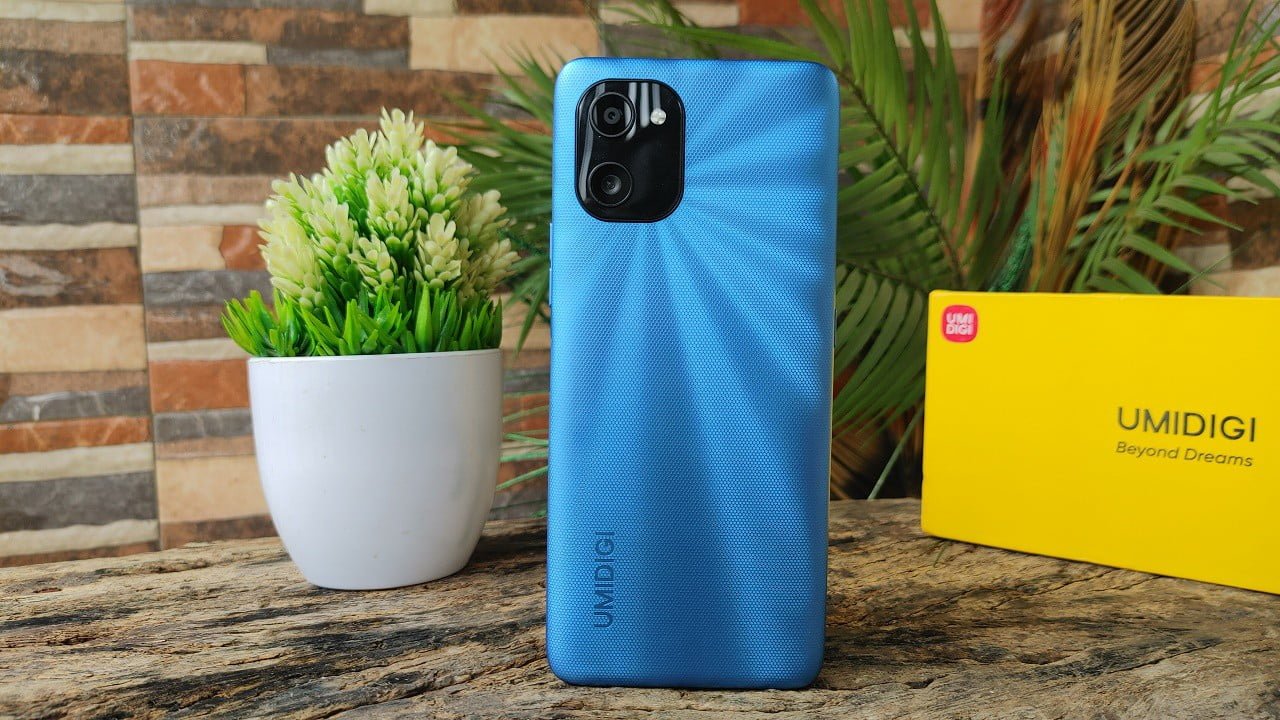
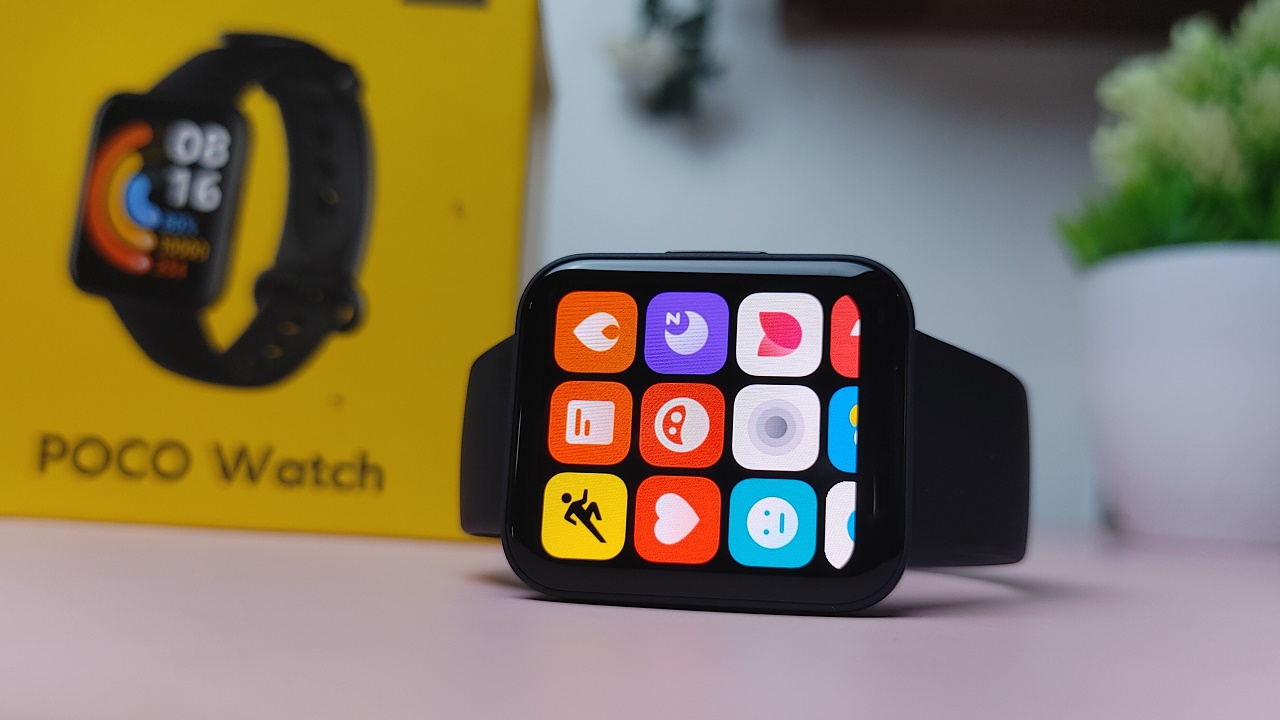
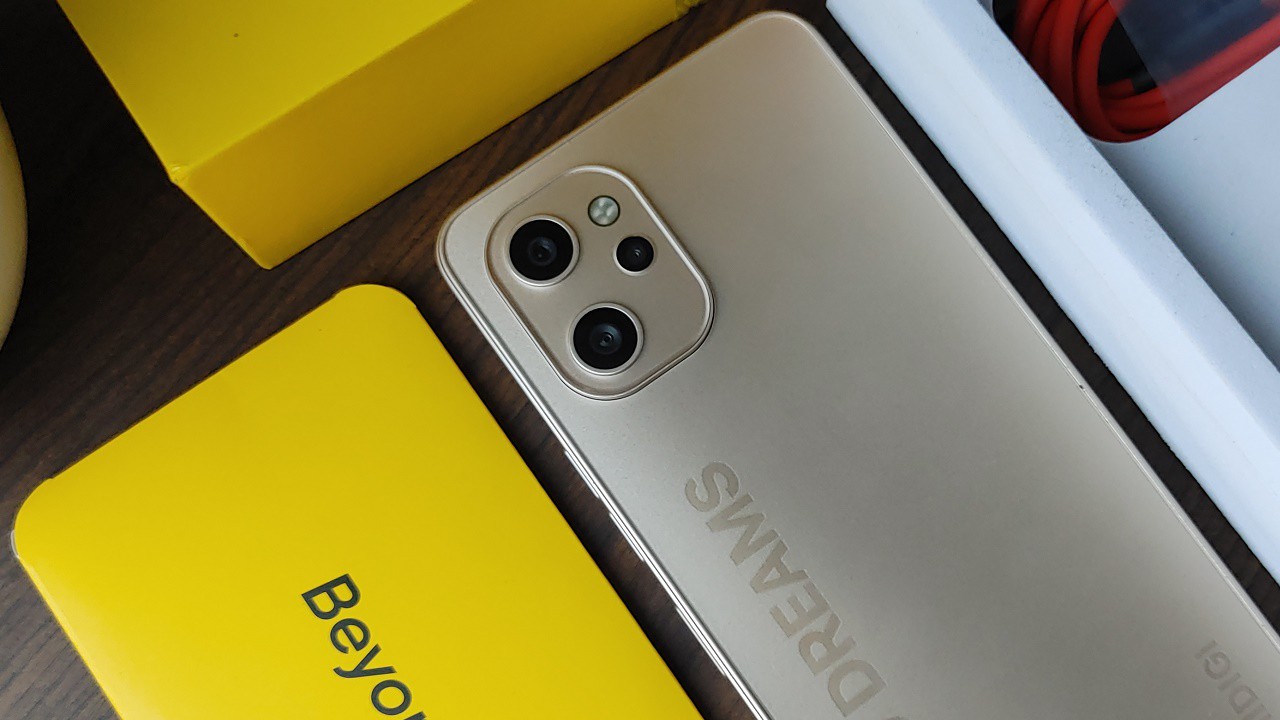
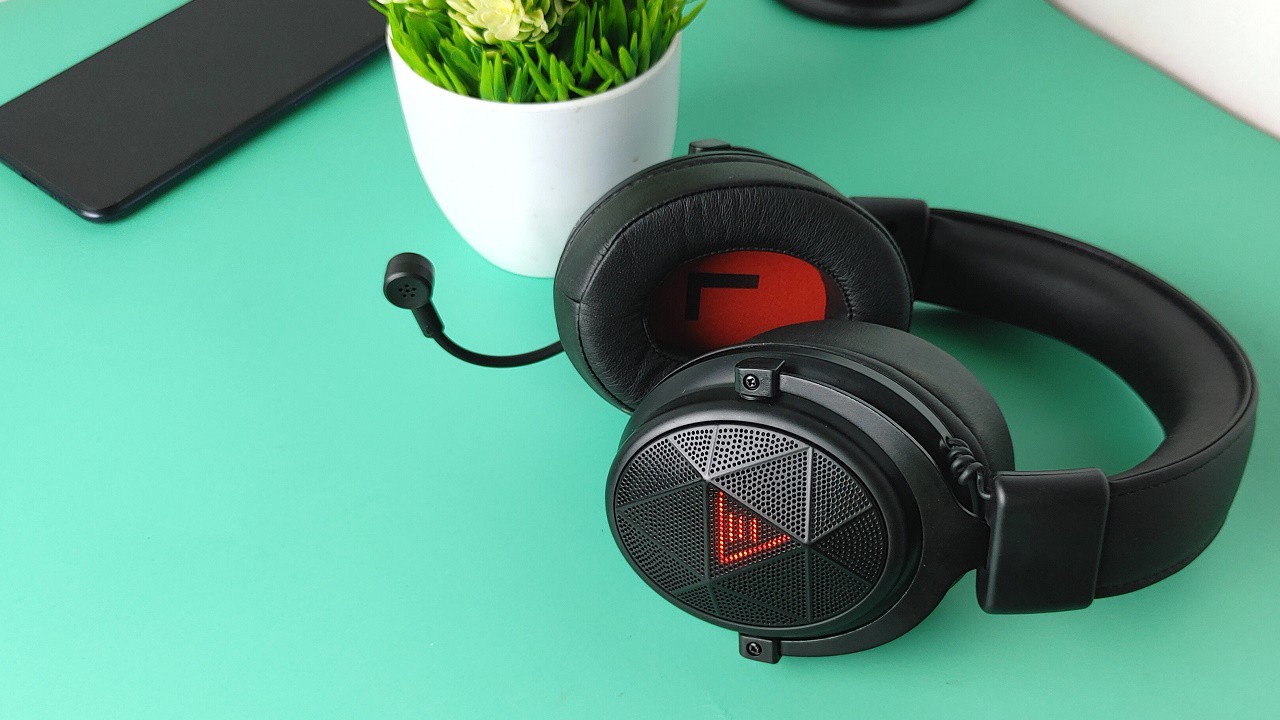
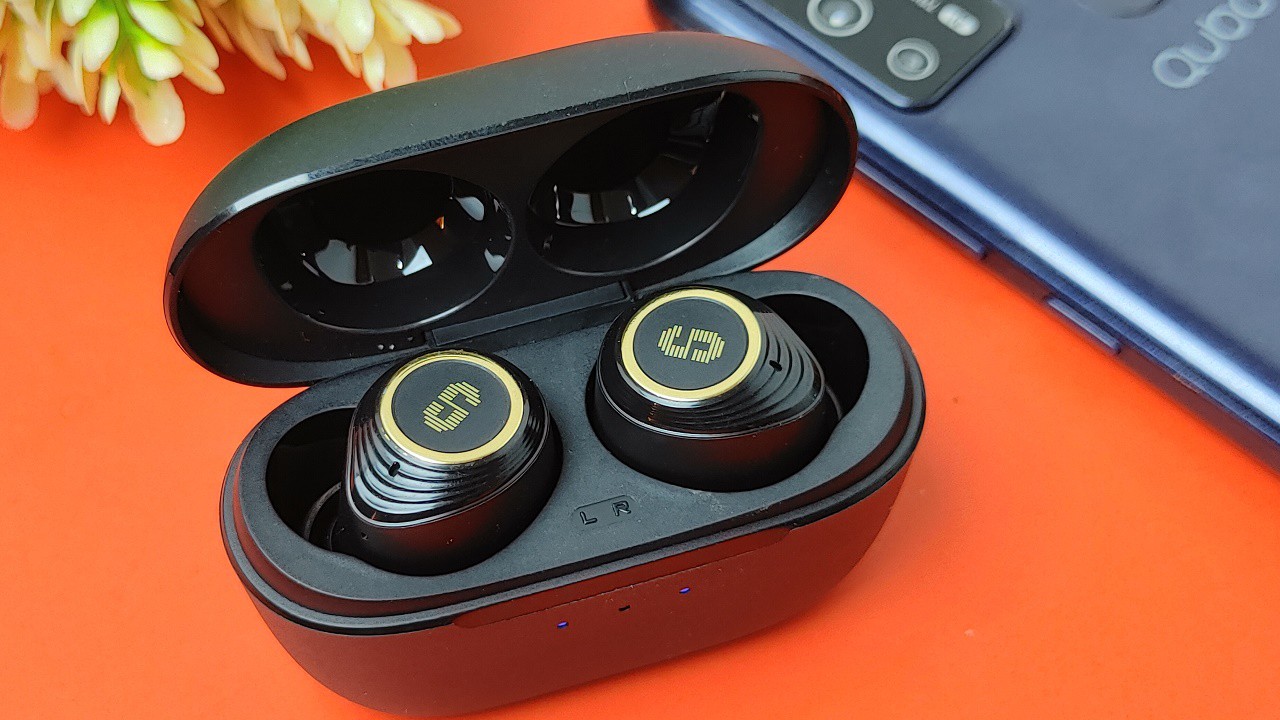
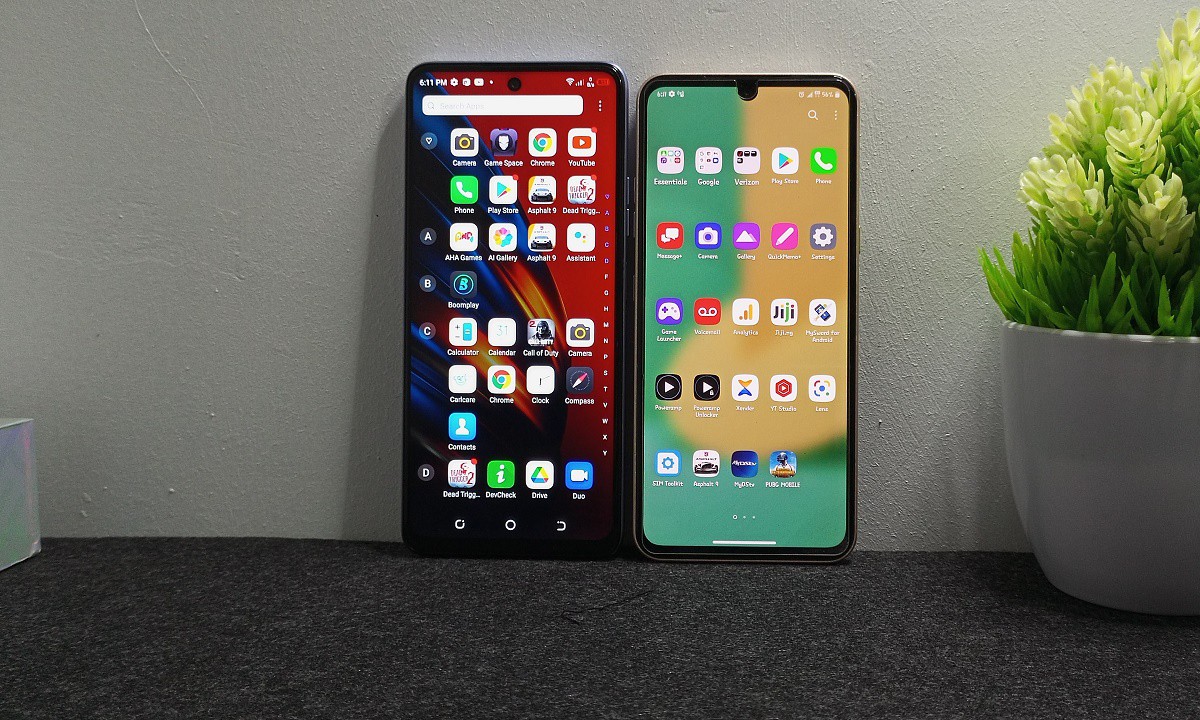

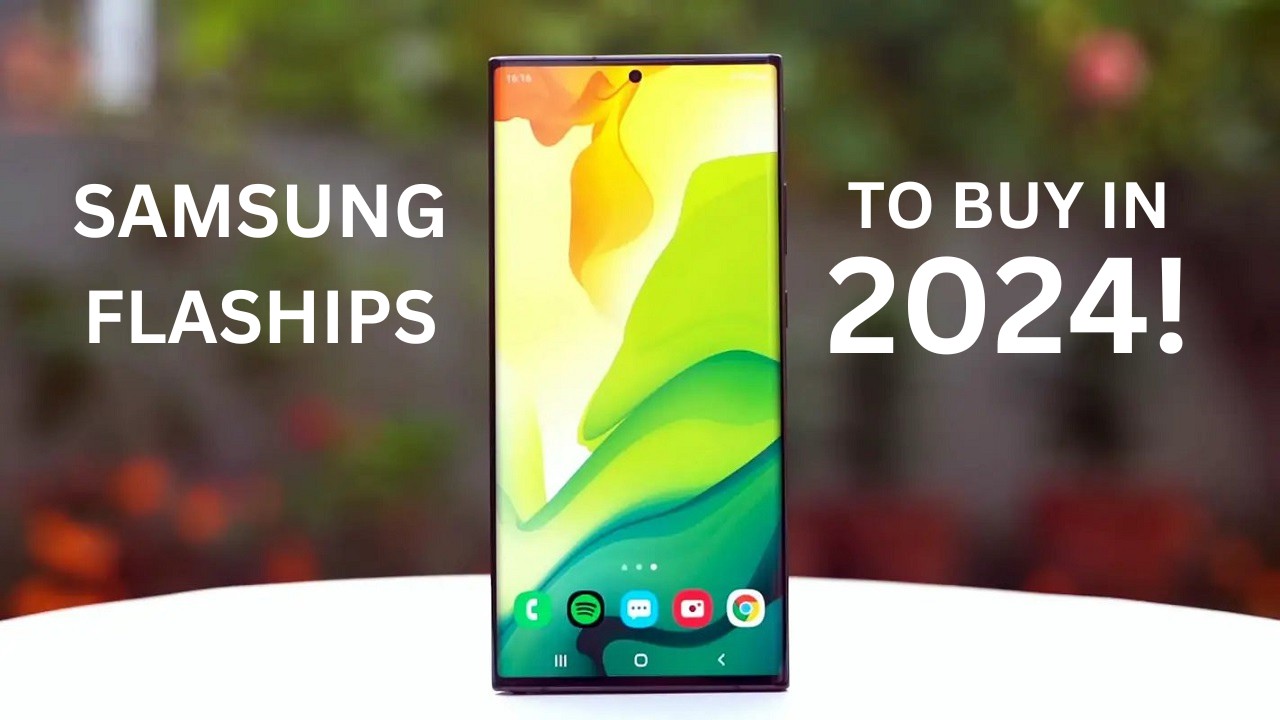
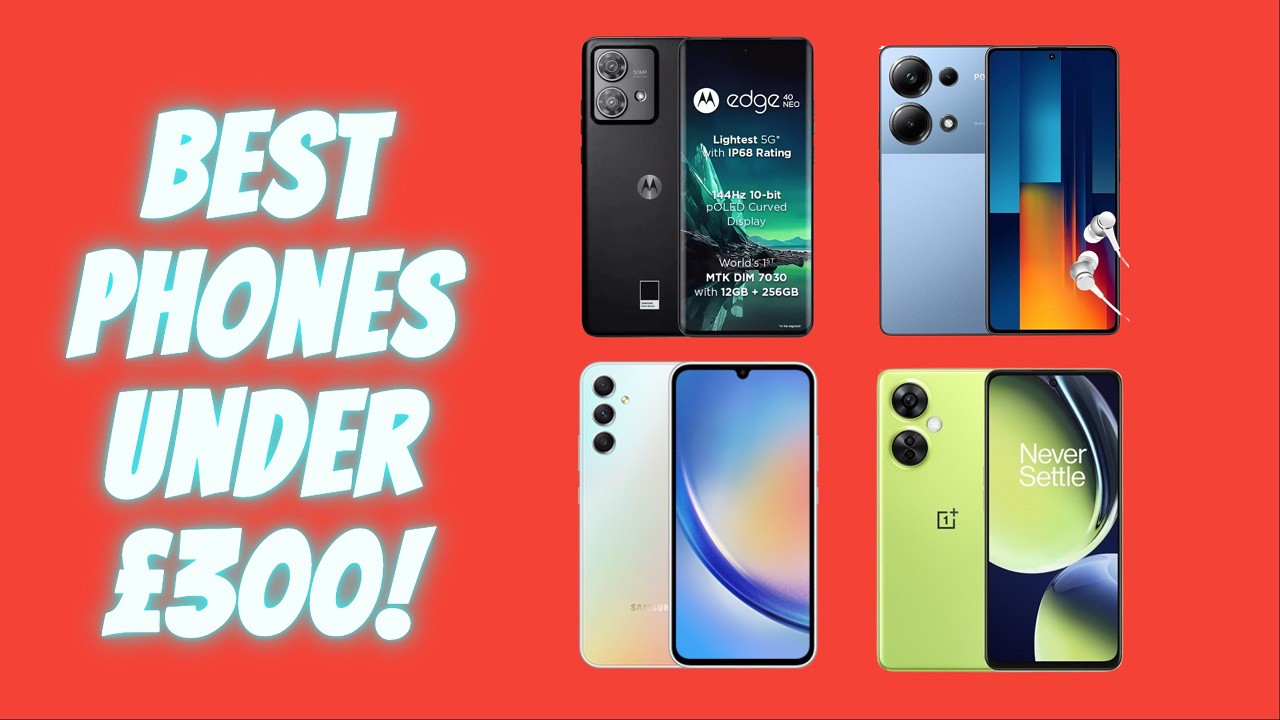

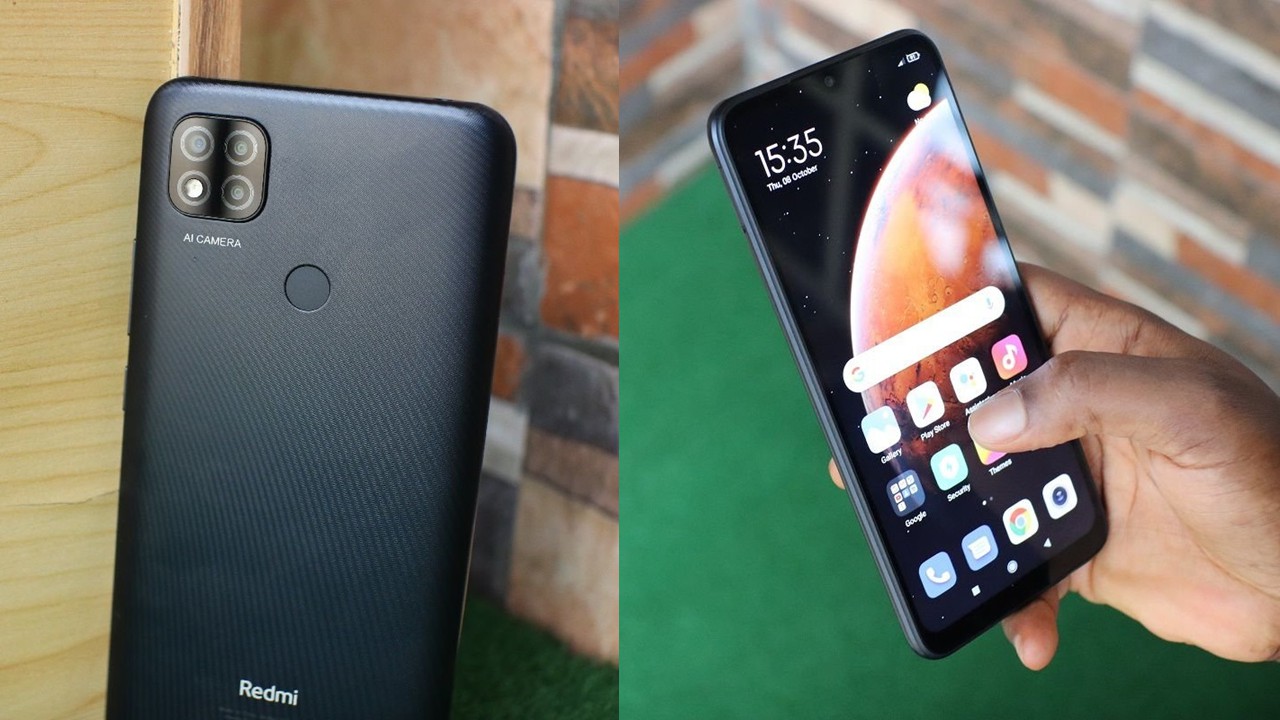
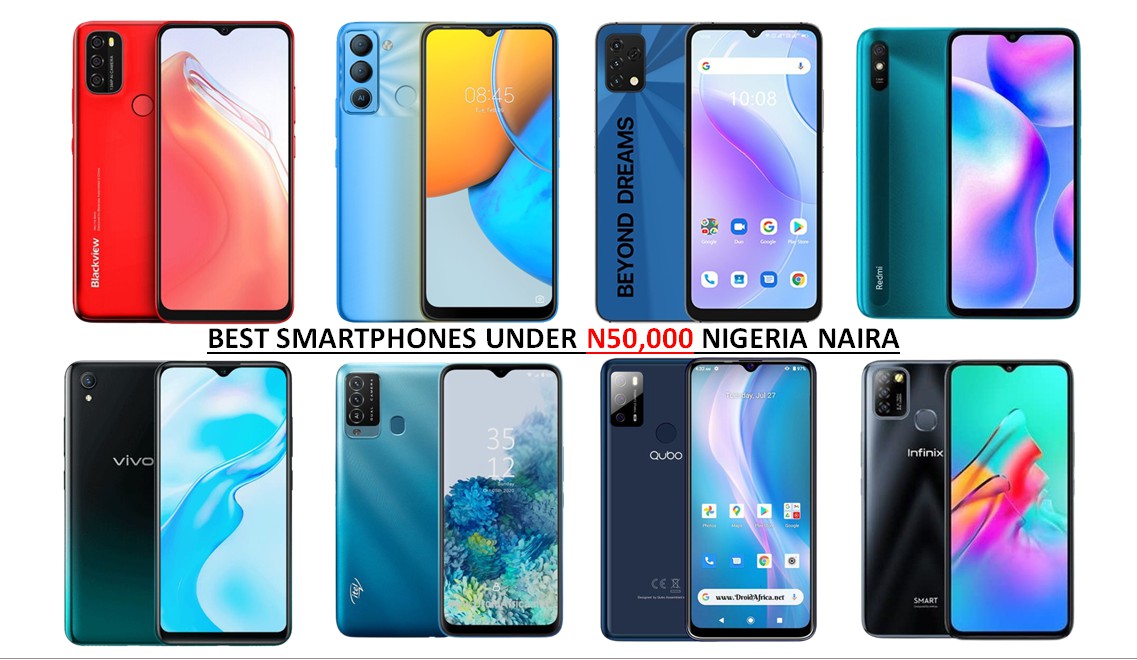
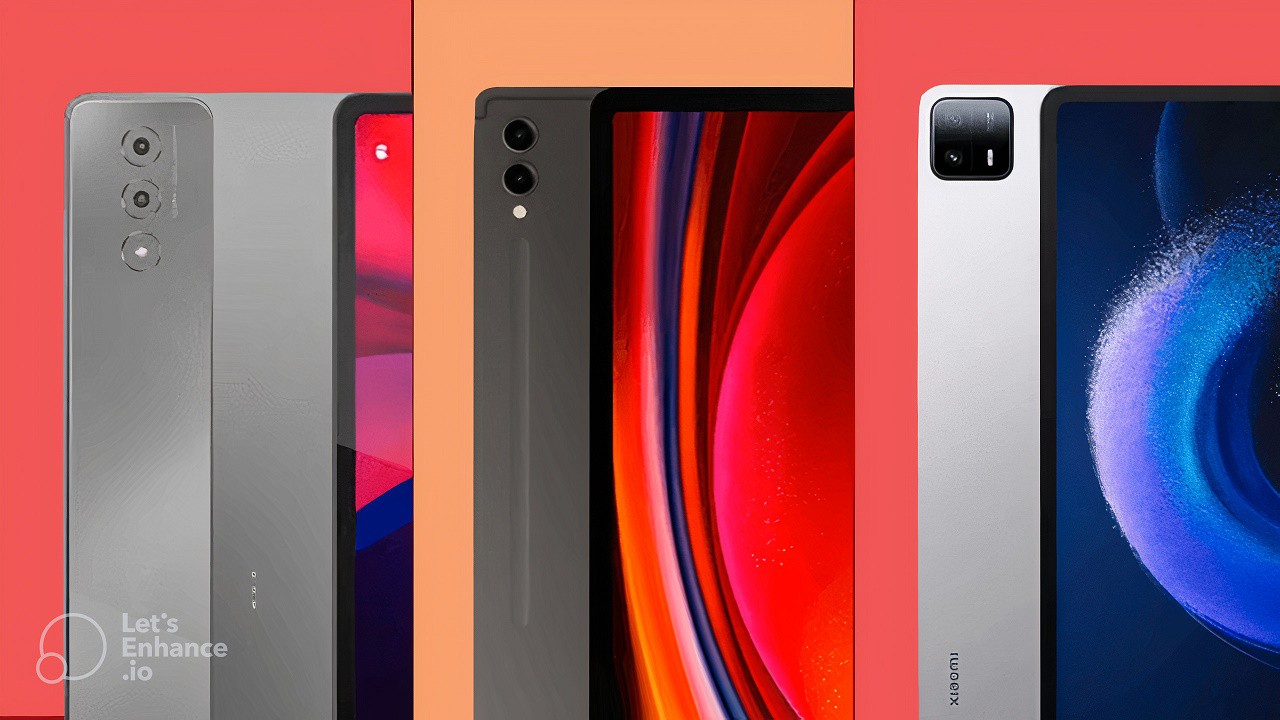
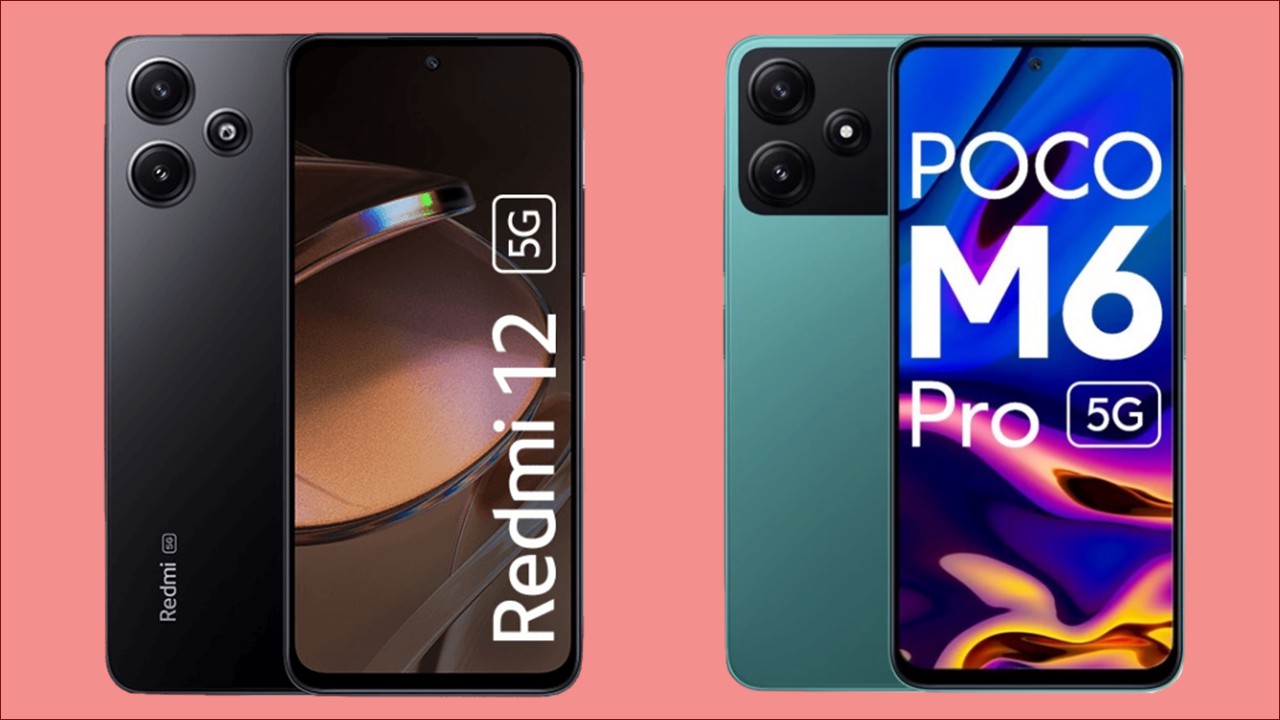
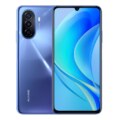
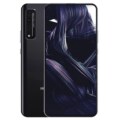
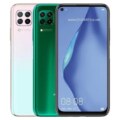
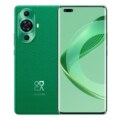
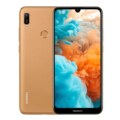
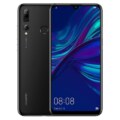
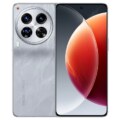

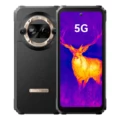
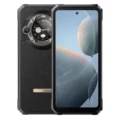
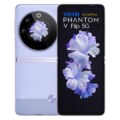
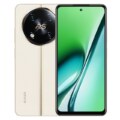

Leave a Reply